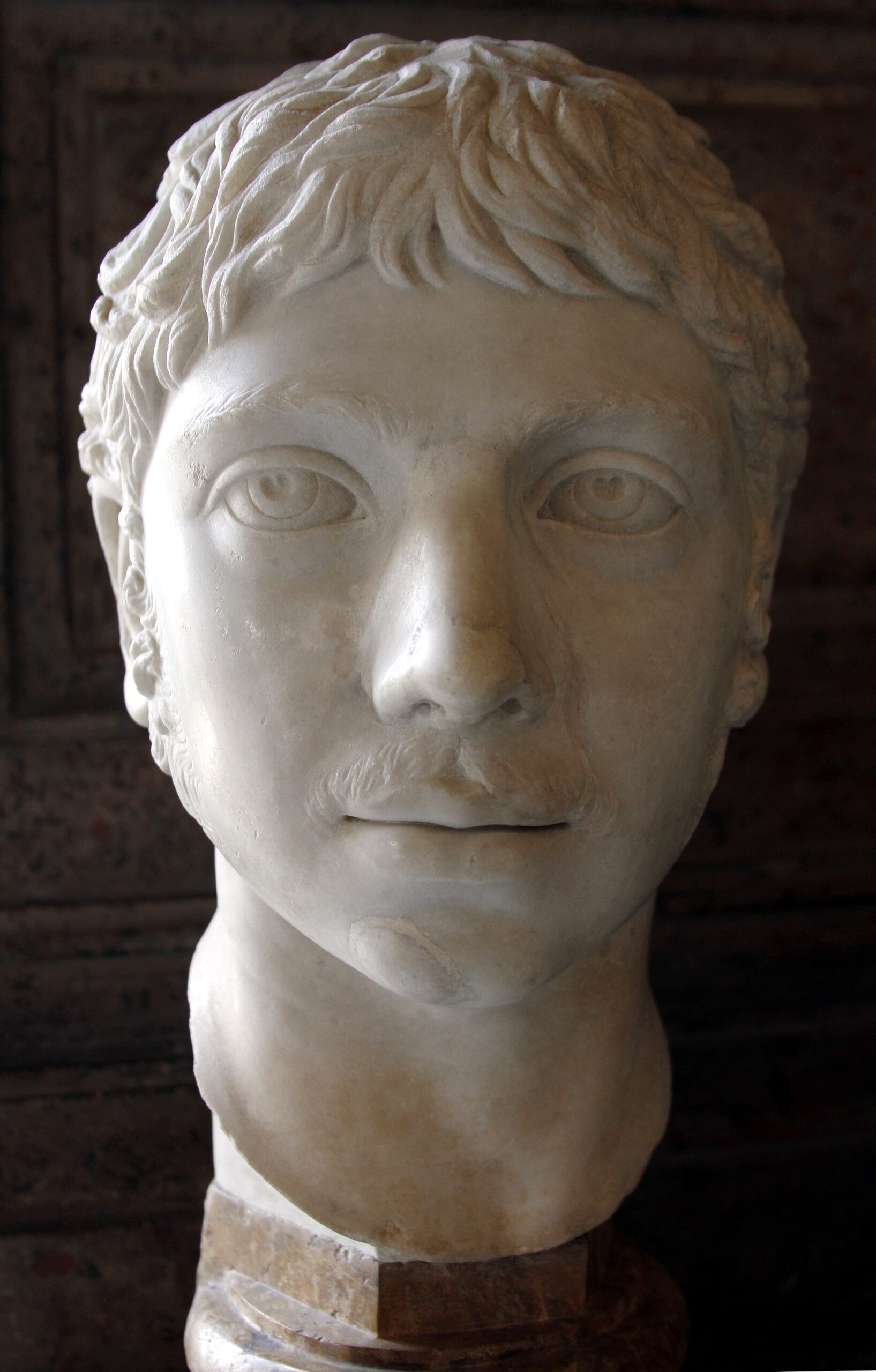A museum in the United Kingdom has reclassified a Roman emperor as a transgender woman.
By Onnie Stone
This month in gay news: the Roman emperor Elagabalus was speculated to be a trans woman, and it is starting conversation.
The North Hertfordshire Museum announced that it will be referring to Elagabalus using she/her pronouns. This decision was made to be respectful of the pronouns that the emperor identified with. The museum has a coin depicting Elagabalus that it displays with other LGBTQ+ artifacts.
What we know of Elagabalus is limited. The notorious emperor has been called genderfluid, sexually promiscuous, and now transgender. But how are we able to identify a person that lived thousands of years ago?
A person’s gender identity is formed within the context of their society. Gender identity and gender roles vary from one culture to the next. And the Romans were no exception. We cannot say how gender existed in ancient Rome.
Ultimately, we can not know for certain if Elagabalus would identify as a woman. Still, it can be enriching to speculate about queer culture throughout history. Conversations like these are important in furthering our understanding of queer history. As we do, we need to ensure we put on the proper cultural lens. What it means to be queer is always changing. So, we cannot enforce our modern ideas of queerness onto historical figures.


